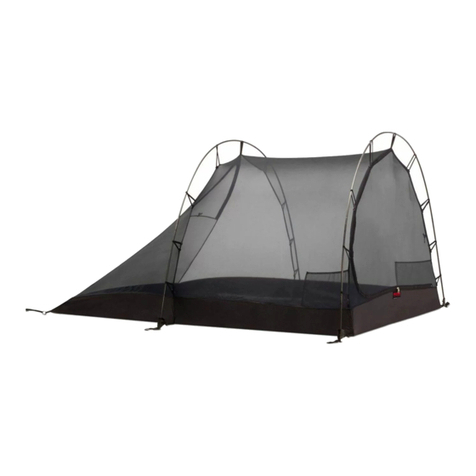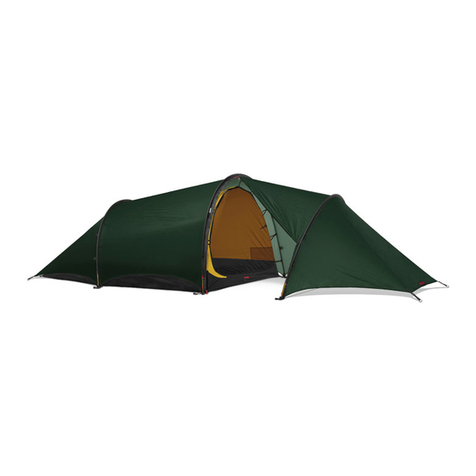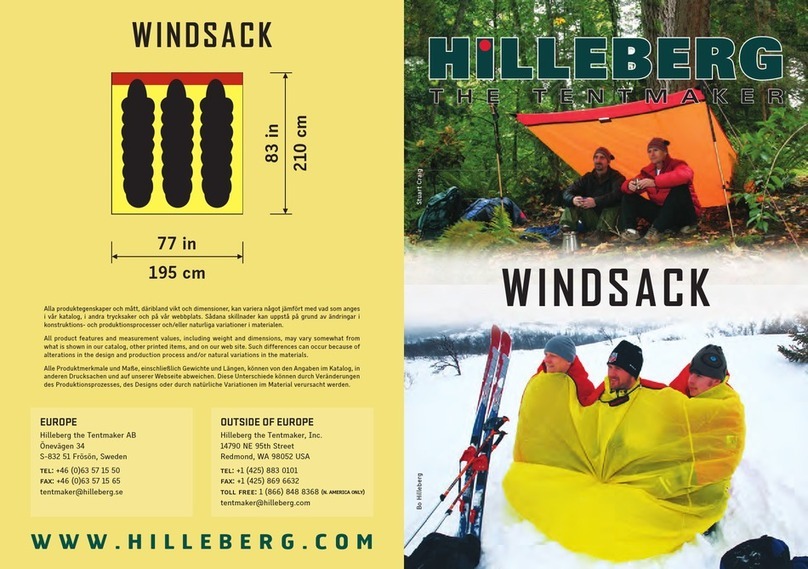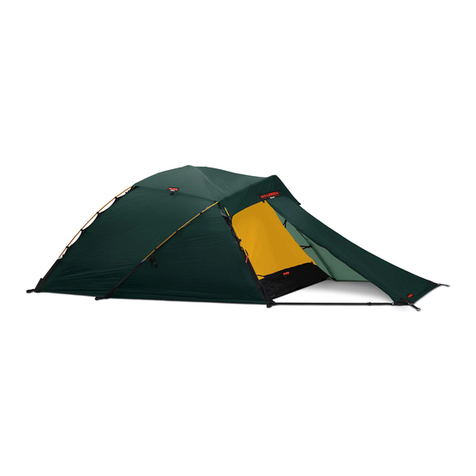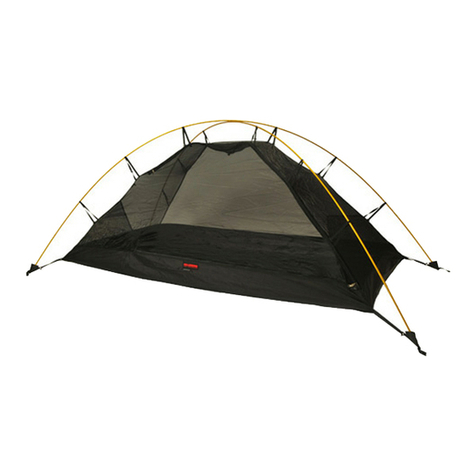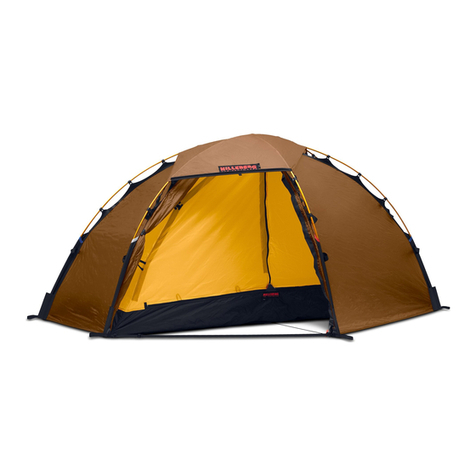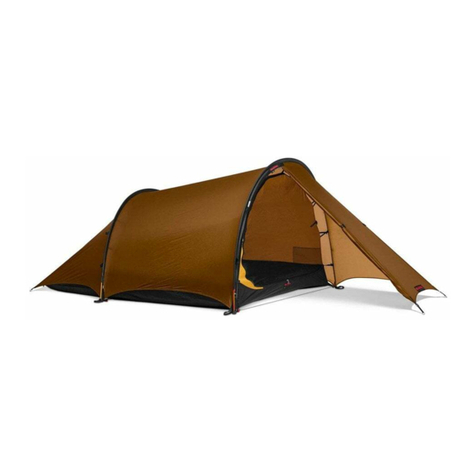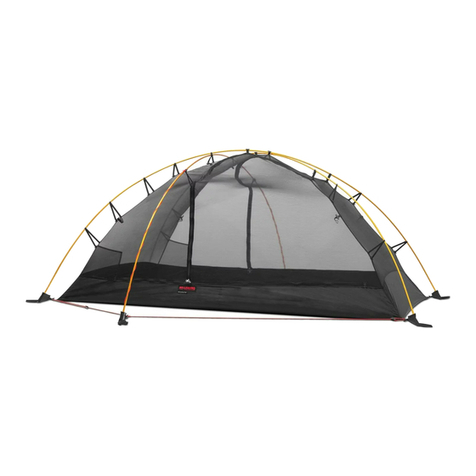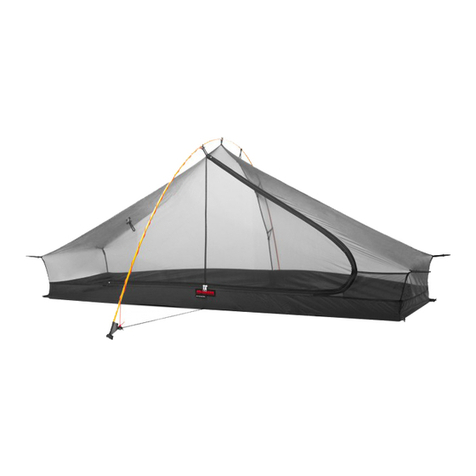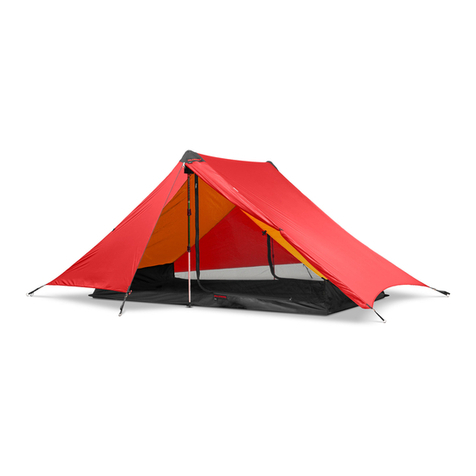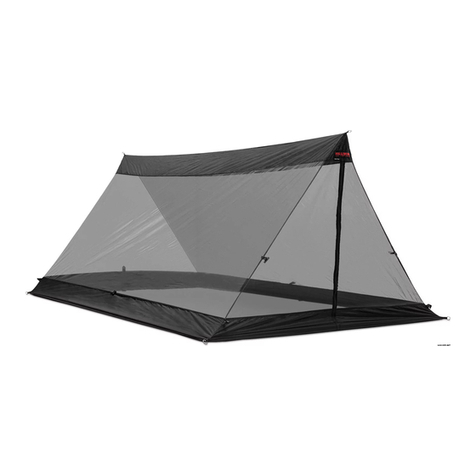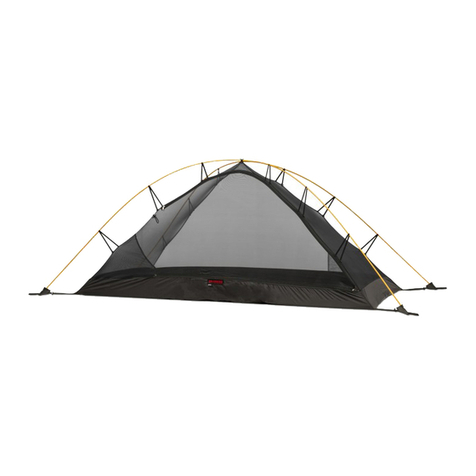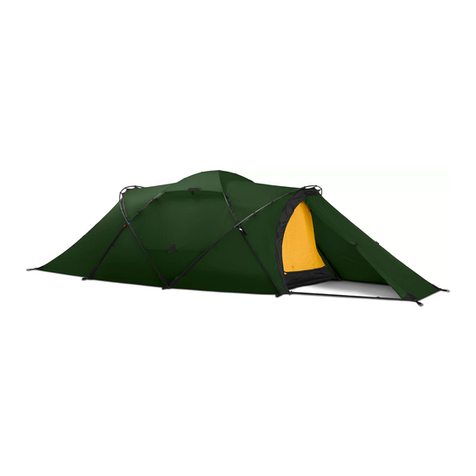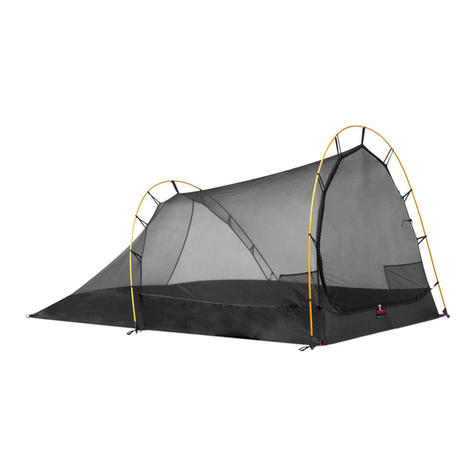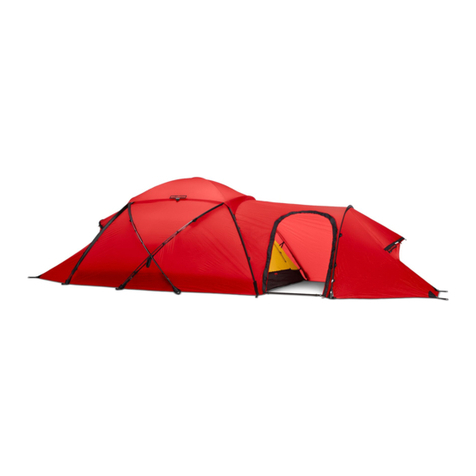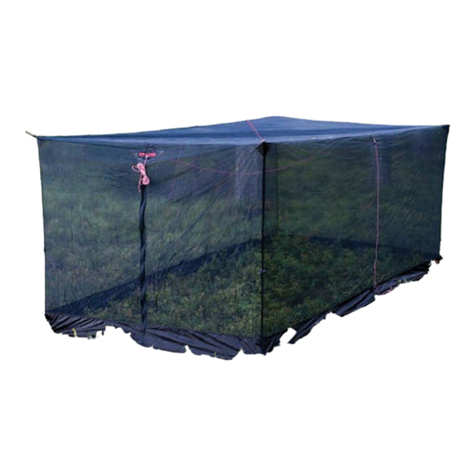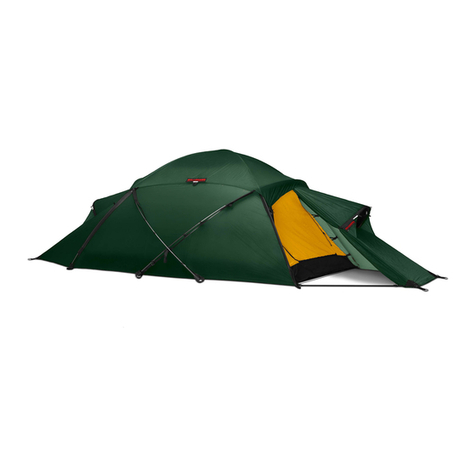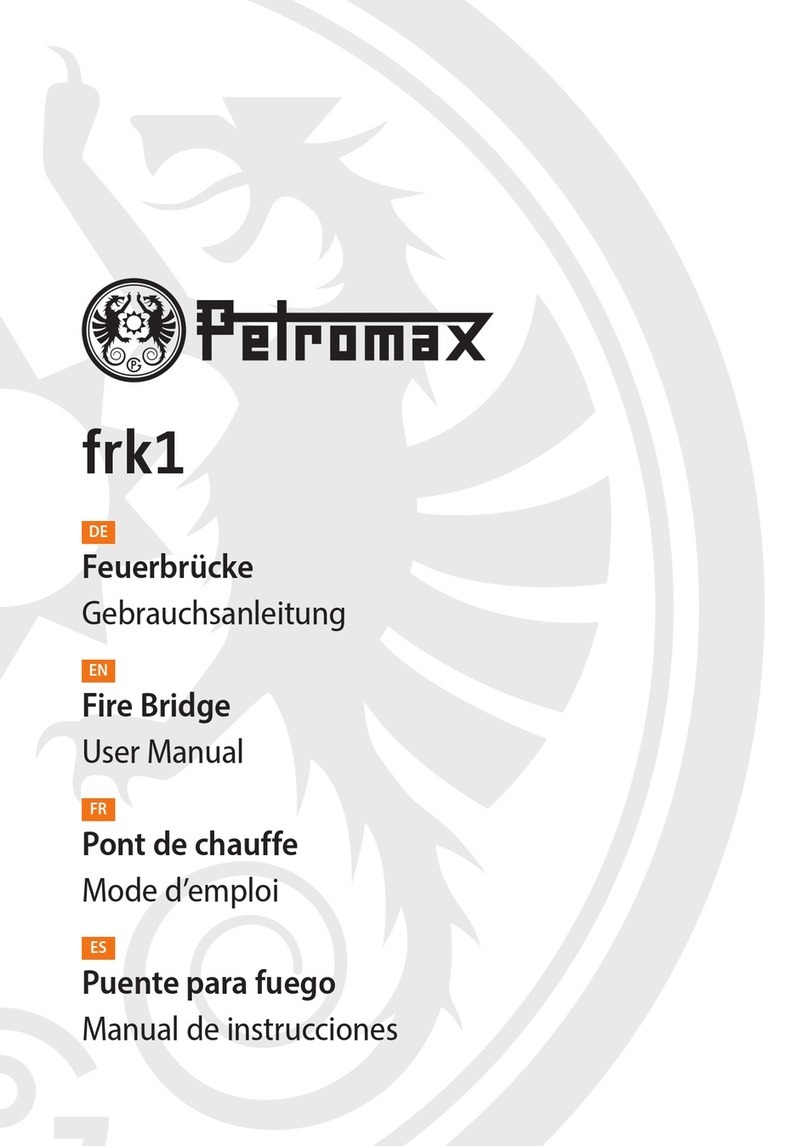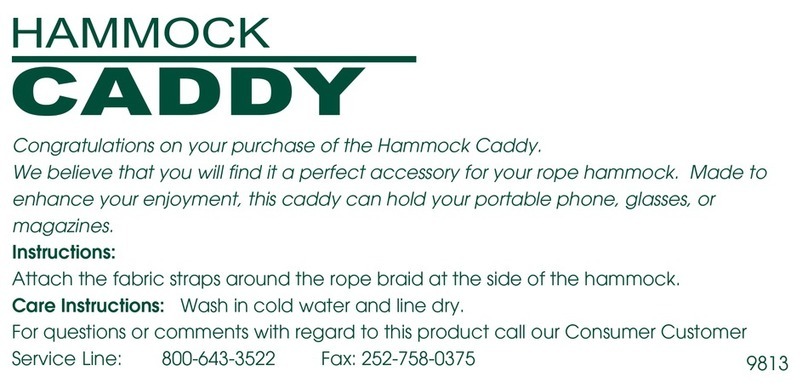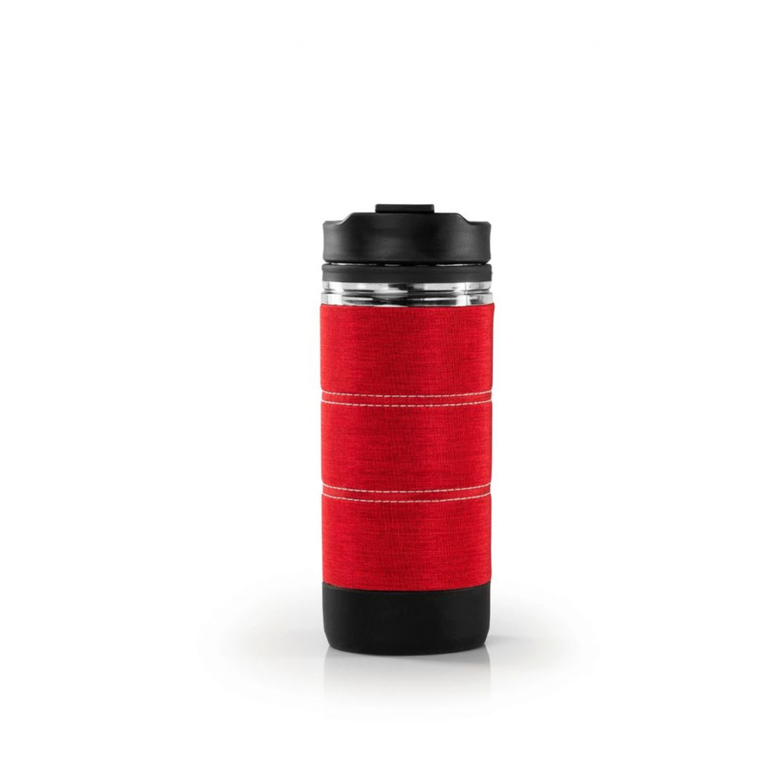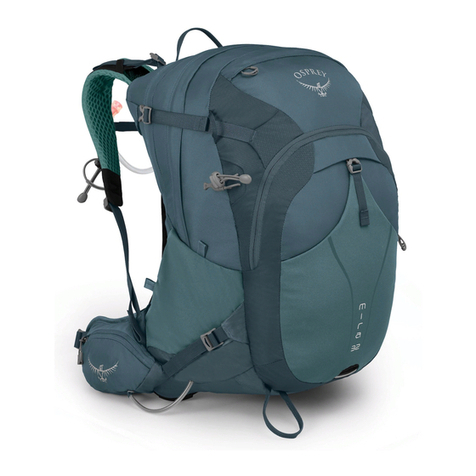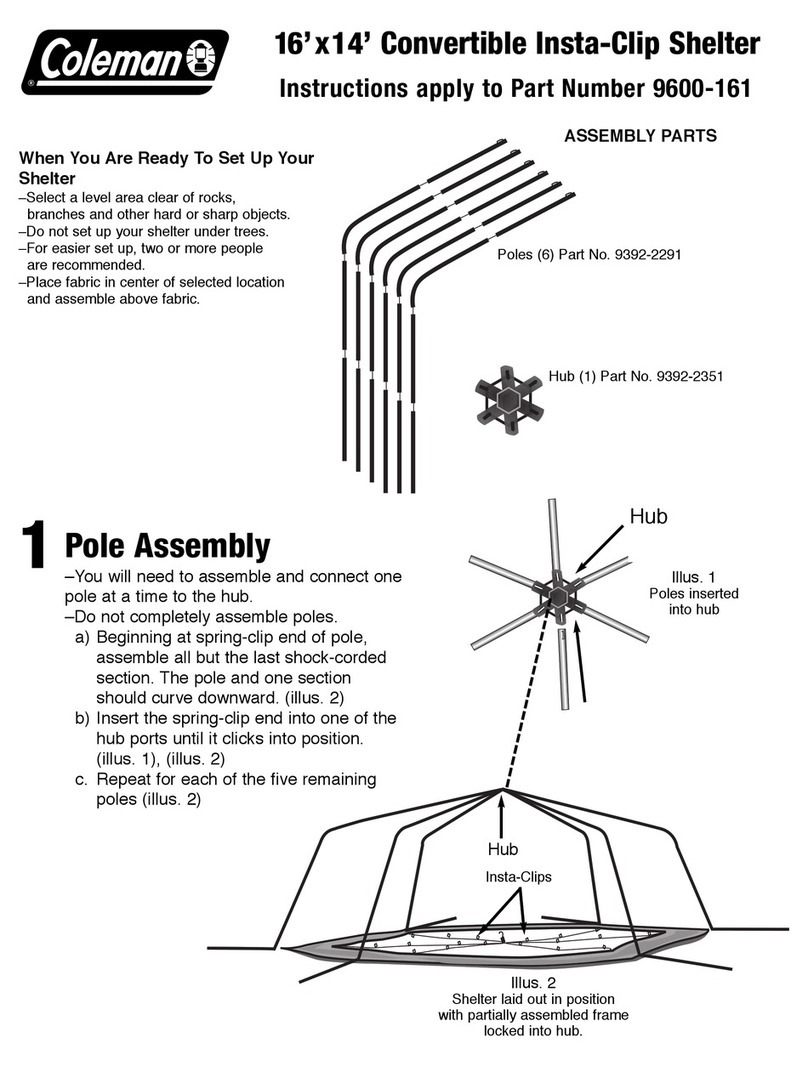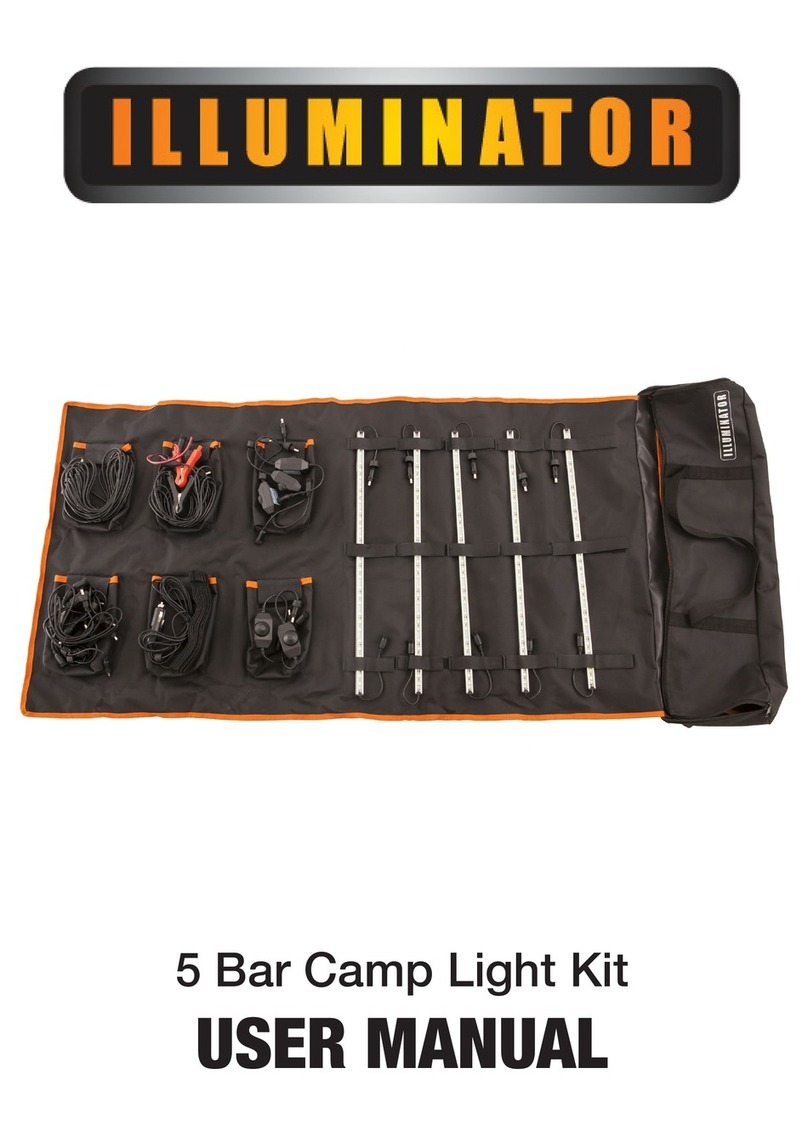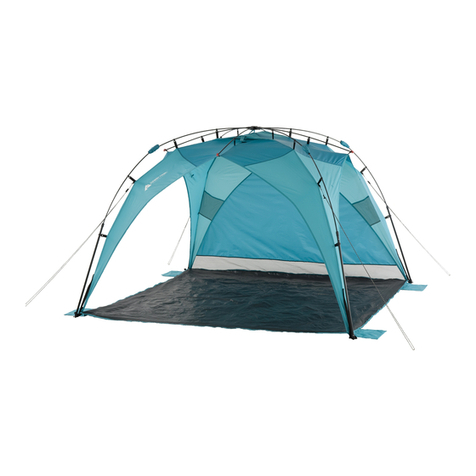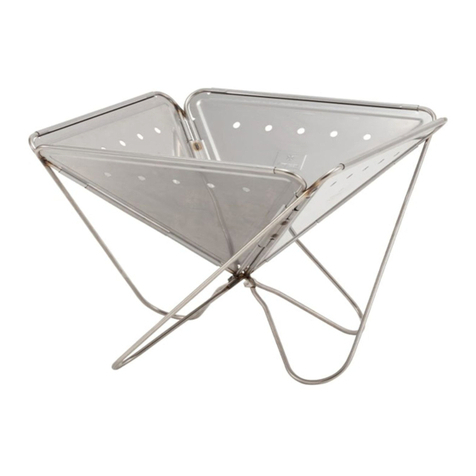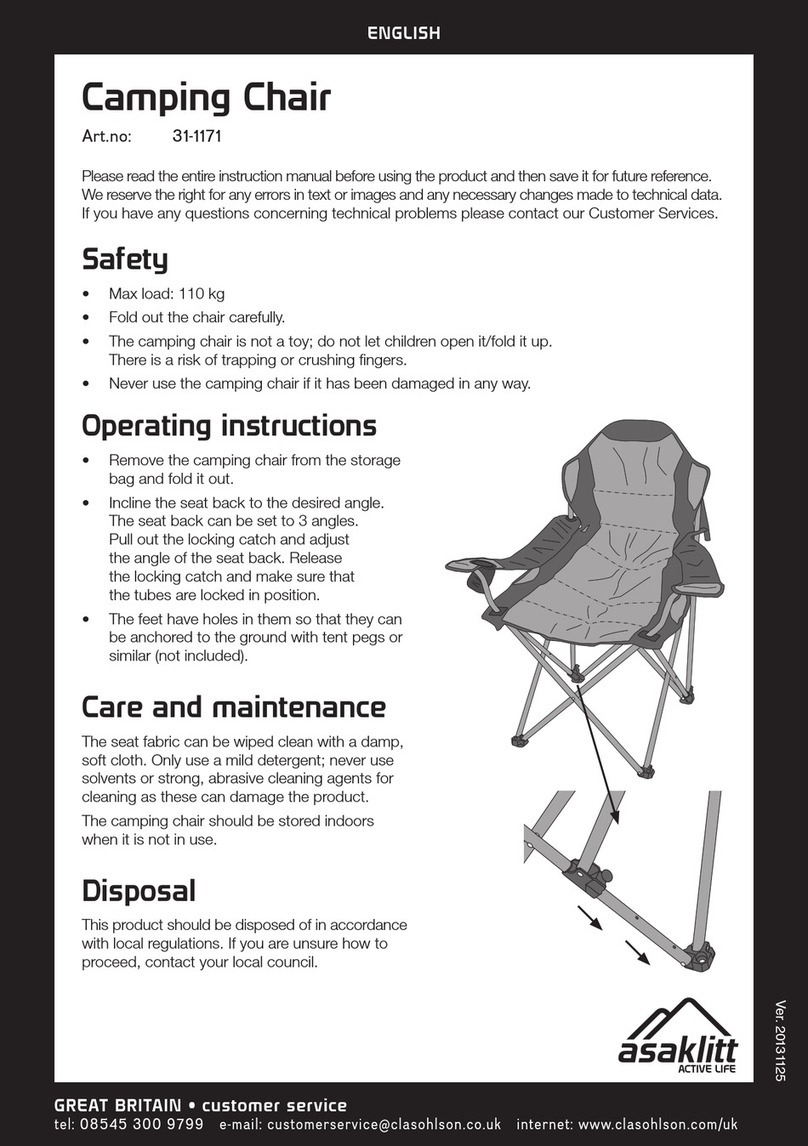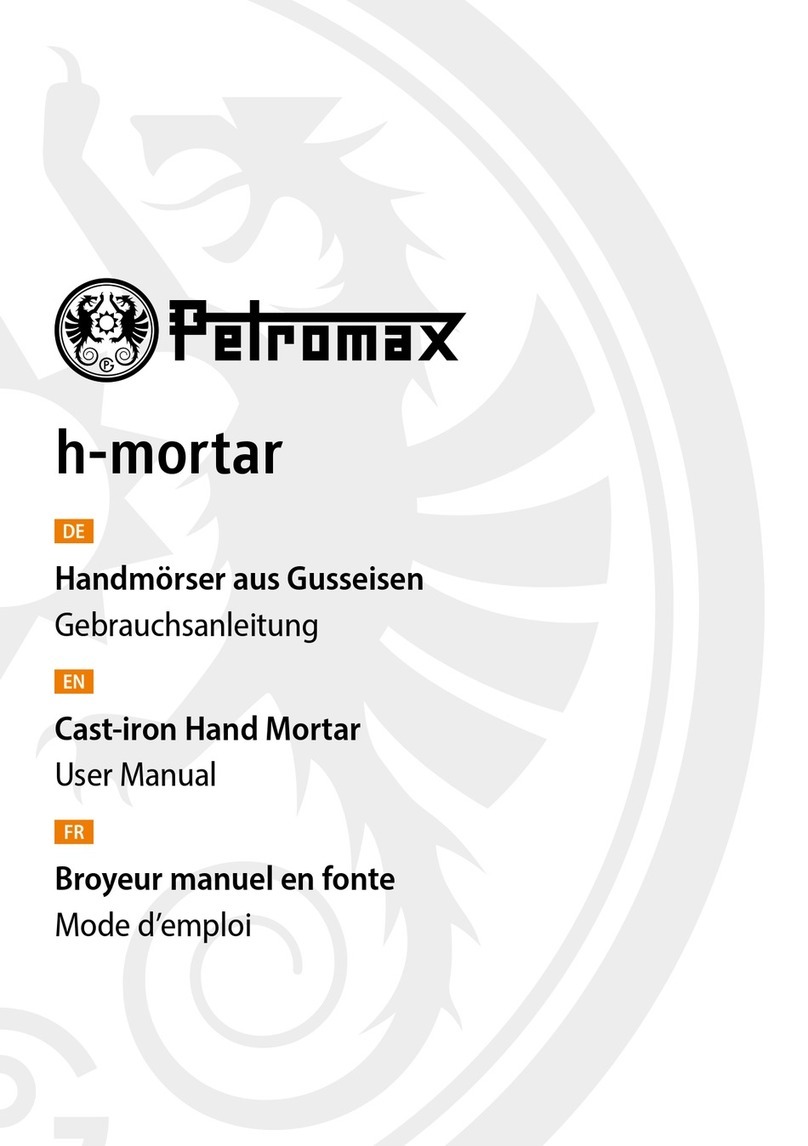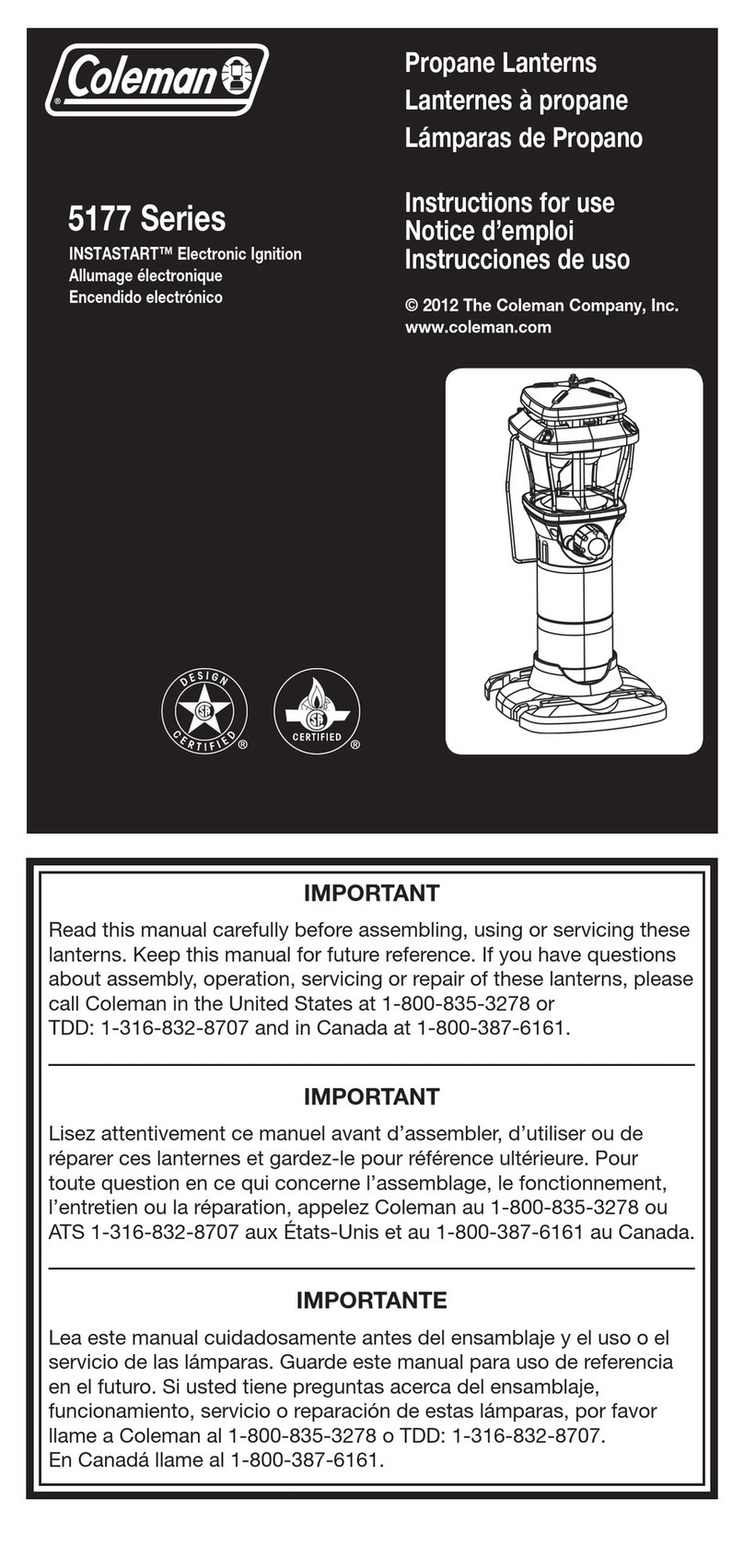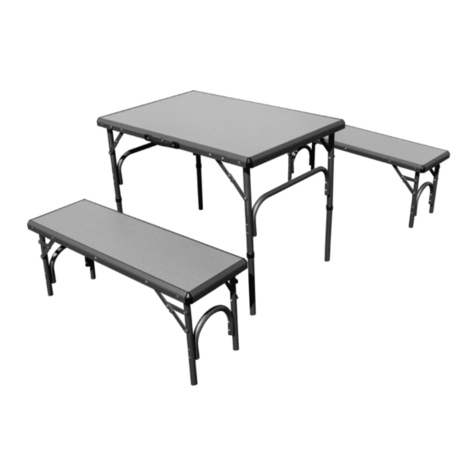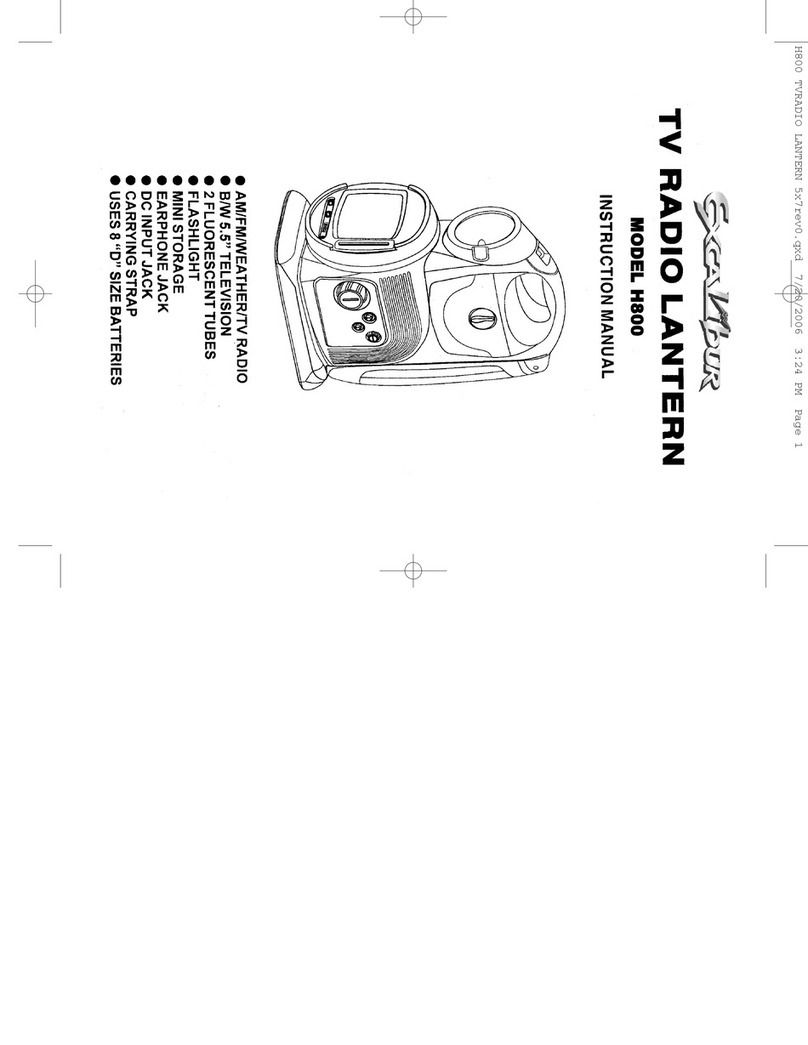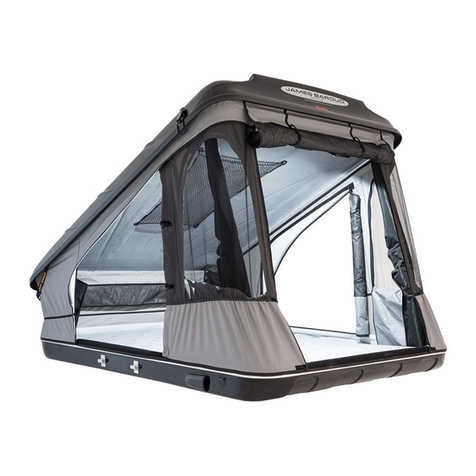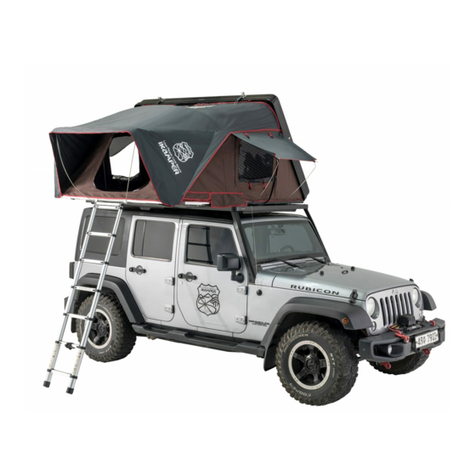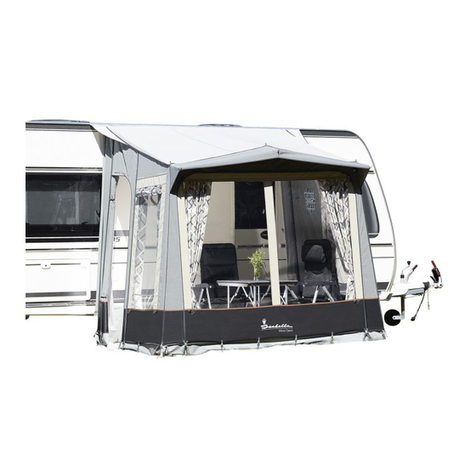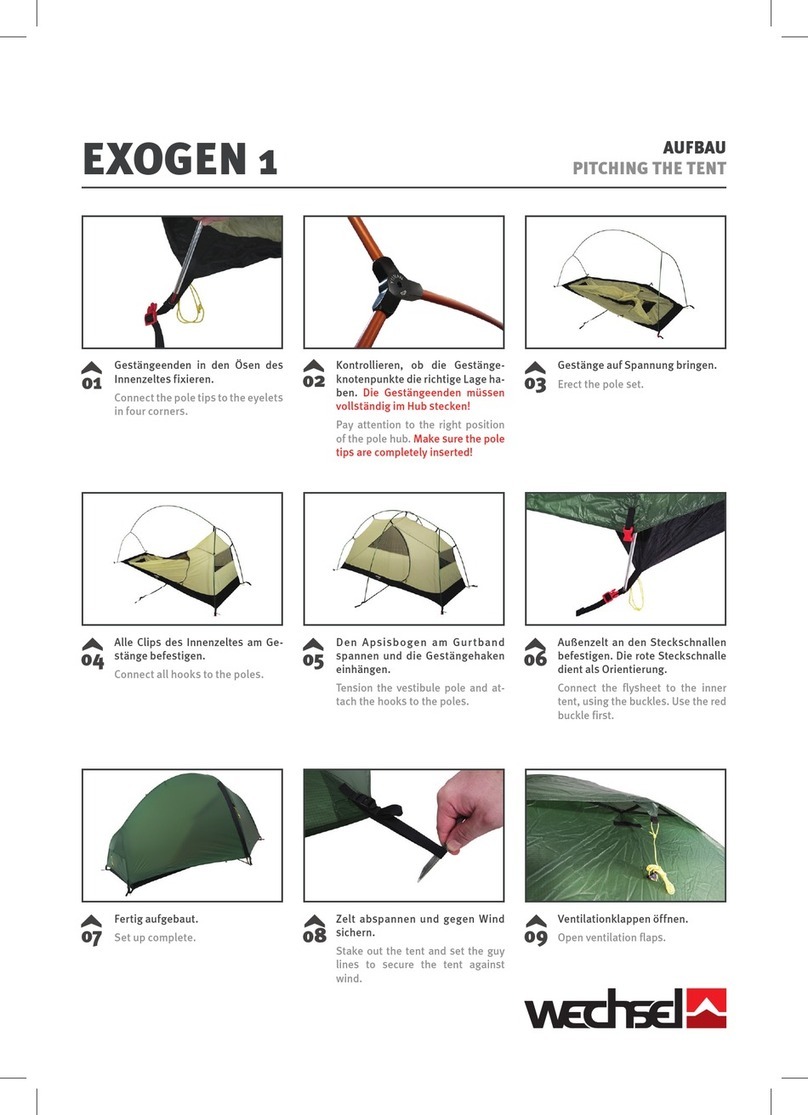
| 3
2 |
Hilleberg Staika
sv sv
en en
de de
Willkommen zu Deinem neuen Hilleberg Staika!
Du hast mit diesem Zelt ein hochqualitatives Produkt erworben und solltest es auch
dementsprechend handhaben. Wir empfehlen Dir, diese Anleitung vor dem ersten
Aufbau Deines Zeltes gründlich durchzulesen und den Aufbau zu üben, bevor Du
mit Deinem neuen Zelt die erste Tour unternimmst.
Trotz seines geringen Gewichts ist das Staika bei korrekter Anwendung extrem
belastbar. Um optimal zu funktionieren, bedarf es jedoch sorgfältiger Pflege und
Handhabung. Folge allen Anleitungen, so wirst Du an diesem Zelt lange Freude haben.
Staika Inhalt
Außenzelt aus Kerlon 1800 mit eingebautem Innenzelt. 6 vormontierte Ab-
spannleinen mit Leinenspannern. Drei 387 cm x 10-mm-Zeltstangen. 16
Heringe. Packsäcke für Zelt, Gestänge und Heringe. 1 extra Stangensegment, 1
Reparaturhülse und 1 Aufbauanleitung.
wichtig: Das Staika besitzt 16 Ansatzpunkte für die Heringe. Auch wenn das
Staika ein freistehendes Zelt ist, empfehlen wir Dir trotzdem immer alle Ecken
mit Heringen zu verankern und alle Abspannleinen zu verwenden, da sich die
Wetterbedingungen schnell ändern können.
Välkommen till ditt nya Hilleberg Staika!
Du har investerat i ett högkvalitetstält, så tag väl hand om det. Vi rekommenderar
att du läser instruktionshäftet noggrant innan du sätter upp ditt tält och att du
tränar ordentligt på att sätta upp och ta ner det innan du går ut på din första tur.
Trots sin låga vikt är Staika mycket starkt om det används korrekt, men det kräver
noggrann skötsel och handhavande för att fungera optimalt. Följ alla anvisningarna
i detta häfte så kommer Staika att fungera väl för dig under många år.
Staika innehåller följande
Yttertält i Kerlon 1800, hopkopplat med innertält. Monterade linor 6 st med
linsträckare. Tre 387 cm x 10 mm stänger. Markpinnar 16 st. Packpåsar för tält,
stänger och pinnar. Extra stångdel 1 st. Reparationshylsa 1 st. Instruktionsbok.
obs: Det finns 16 pinnfästen på Staika. Eftersom Staika är helt fristående behövs
inga markpinnar för att ställa upp det. Vi rekommenderar dock att du alltid fäster
hörnen och alla linor, eftersom vädret kan ändras snabbt.
What’s included with the Staika
One outer tent in Kerlon 1800 connected to one inner tent; 6 attached guy lines
with line runners; three 387 cm x 10 mm; 16 pegs; stuff bags for tent, poles and
pegs; one spare pole section; one pole repair sleeve; and an instruction booklet.
note: There are 16 possible peg points on the Staika. Since the Staika is fully
freestanding, it does not require any pegs for pitching. We recommend, however,
that you always peg down the corners, and that you make guy line use part of
your normal routine, since weather in the backcountry is always unpredictable!
Welcome to your new Hilleberg Staika!
You have invested in a truly high-end, high quality tent, so take care of your invest-
ment. We strongly recommend that you read these instructions completely before
setting up your tent, and that you practice setting up your tent at home before
taking it on a backcountry trip.
Despite its light weight, the Staika is exceptionally strong if used correctly, but it
does require proper care and handling to function at its full potential. Follow ALL
directions in this booklet. Doing this will ensure the greatest longevity of your tent
and the maximum benefit to you.

